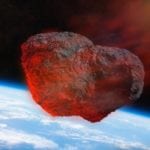 Mysteries
Mysteries  Mysteries
Mysteries  History
History 10 Surprising Stories About the Texas Rangers
 Humans
Humans 10 Philosophers Who Were Driven Mad by Their Own Theories
 Miscellaneous
Miscellaneous 10 Video-Game-Worthy Weapons and Armors from History
 Weird Stuff
Weird Stuff 10 Psychics Who Accurately Predicted Wartime Events
 The Arts
The Arts 10 Pieces of Art Inspired by a Broken Heart
 Health
Health 10 Science Fiction-Sounding New Medical Treatments
 History
History 10 Surprising Facts About the Father of Submarine Warfare
 Space
Space Ten Astonishing New Insights into Alien Worlds
 Weird Stuff
Weird Stuff 10 Bizarre Summer Solstice Rituals Still Practiced Today
 Mysteries
Mysteries Top 10 Haunting Facts About the Ghost Ship MV Alta
 History
History 10 Surprising Stories About the Texas Rangers
 Humans
Humans 10 Philosophers Who Were Driven Mad by Their Own Theories
Who's Behind Listverse?

Jamie Frater
Head Editor
Jamie founded Listverse due to an insatiable desire to share fascinating, obscure, and bizarre facts. He has been a guest speaker on numerous national radio and television stations and is a five time published author.
More About Us Miscellaneous
Miscellaneous 10 Video-Game-Worthy Weapons and Armors from History
 Weird Stuff
Weird Stuff 10 Psychics Who Accurately Predicted Wartime Events
 The Arts
The Arts 10 Pieces of Art Inspired by a Broken Heart
 Health
Health 10 Science Fiction-Sounding New Medical Treatments
 History
History 10 Surprising Facts About the Father of Submarine Warfare
 Space
Space Ten Astonishing New Insights into Alien Worlds
 Weird Stuff
Weird Stuff 10 Bizarre Summer Solstice Rituals Still Practiced Today
10 Weird Stories You Probably Missed This Week (9/14/19)
With the weekend comes a look at some of the more unusual stories that hit the headlines this week. If you want to catch up on the previous list, you can do it here.
This is a science-heavy week. Boffins have been busy researching lost continents, discovering interstellar visitors and finding the answer to “life, the Universe, and everything”.
In other news, there is also a crime-fighting seal, a cold case solved by Google Earth, and an unexpected invasion by venomous caterpillars.
10 The Answer To The Meaning Of Life
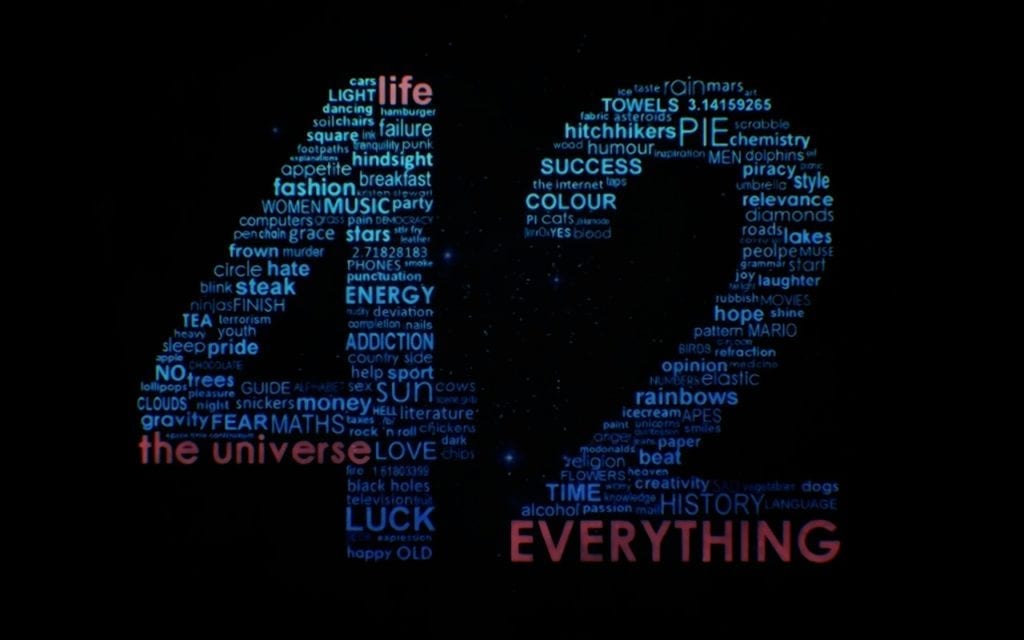
Douglas Adams fans will recognize 42 as being the answer to “life, the Universe, and everything” but, as it turns out, it was also a dilemma that prevented mathematicians from solving a 65-year-old problem. But now, it seems that two number crunchers managed to crack the code with the help of a planetary supercomputer.
Back in 1954, mathematicians asked if all whole numbers from 1 to 100 could be expressed as the sum of three cubes. Over the decades that followed, they kept finding answers for more and more numbers. At the start of this year, only two were left: 33 and 42.
Andrew Booker from the University of Bristol found the solution for 33, but enlisted the help of MIT mathematician Andrew Sutherland for the final number. The pair wrote an algorithm, but needed a supercomputer to run it. This is where Charity Engine came in, a global effort that harnesses unused computing power from half a million PCs around the world. After over a million hours of computing time, they had the solution.[1] Three 17-digit numbers, one of which is negative, can be cubed and added up to 42. Now, if they have nothing better to do, mathematicians can try going up to 1,000.
9 Disappearance Under The Sea
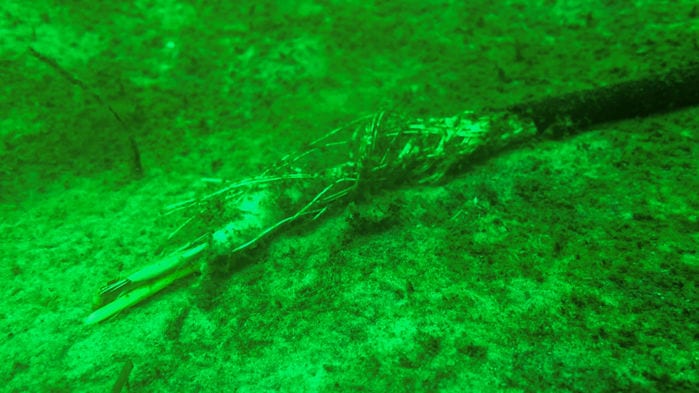
A possible suspect has emerged in the case of the underwater scientific observatory that mysteriously disappeared a few weeks ago. Researchers believe that a fishing trawler accidentally hooked the installation worth over $330,000 and dragged it away. They never came forward to admit the deed because they were fishing in illegal waters.
The research station was placed in the Baltic Sea in 2016. It constantly checks measurements such as salinity, water temperature, and oxygen, methane, and carbon dioxide levels and sends them back to researchers in Kiel, Germany. On August 21, it stopped transmitting. Initially, scientists believed it was simply a problem with the data connection, but when divers went to check it out in person, they realized that the observatory had completely vanished, leaving behind only the frayed cable that connected it to land.
A natural cause for the disappearance such as currents or a storm were ruled out because the device weighed over 800 kilograms (1,760 lbs). Other ideas included Russian subs and scrap metal thieves. These were also dismissed because the station was in shallow waters where a sub wouldn’t enter and the steel had little resale value.[2]
Current thinking says the culprit was a fishing boat that snagged the observatory by accident. There are marks indicating that it was dragged for a while. The question remains, however, why didn’t the trawler leave the device behind?
8 Out Of The Frying Pan
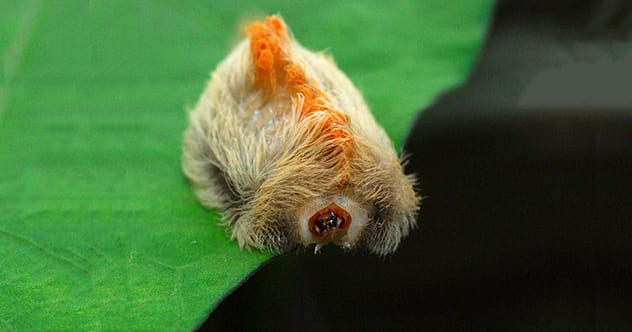
A hospital’s attempt at deterring birds from nesting in the nearby trees accidentally created a breeding haven for North America’s most venomous caterpillar.
At first, the reasoning seemed sound. Birds like pigeons and grackles liked to congregate in the oak trees that line the sidewalks of Houston’s Texas Medical Center (TMC). They carried diseases and created lots of messes which was not something you wanted in an area highly-populated with sick people. Therefore, the staff put nets on the trees to stop the birds from landing on them.
Consequently, this allowed the local caterpillar population to thrive significantly. A three-year study recently published in Biology Letters showed that the netted trees had 7,300 percent more insects than the regular ones.[3]
These caterpillars weren’t exactly harmless, either. The dominant species was Megalopyge opercularis or the puss moth caterpillar, the most toxic caterpillar in North America. It has spines that can break off if anyone touches them, stick to the skin and release venom. After about ten minutes, the victim feels throbbing pain accompanied by nausea, vomiting, stomach pains, and red spots.
No word yet on if anyone has been stung by these caterpillars or what TMC staff plan to do to get rid of them.
7 Sleepy Seal Stops Drug Bust
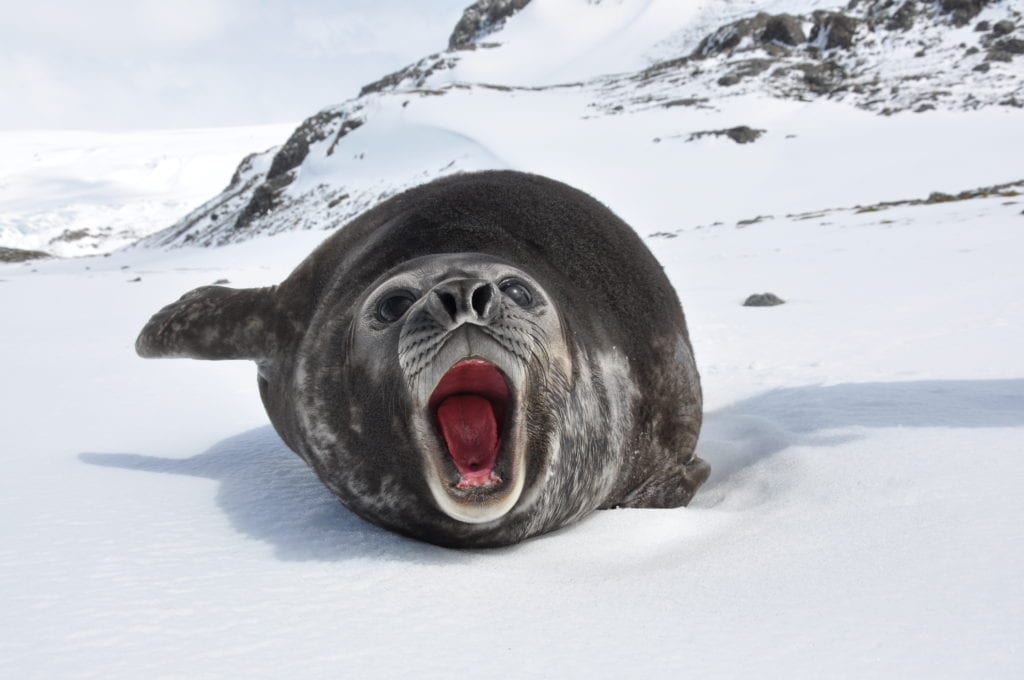
According to Australian police, a giant seal helped them apprehend a group of five men who were trying to bring in over a tonne of drugs into the country.
Two of the men, a Brit and a Frenchman, had the drugs onboard their yacht when it ran aground on Stick Island off the coast of Western Australia. They took the illicit goods ashore in a dinghy and tried to hide from search & rescue teams which were out looking for them, believing the pair might be in trouble. Eventually, they were spotted by planes because one of the drug runners was wearing a hot pink shirt.
When officers arrived on the scene, the men tried to make a run for it in their dinghy, but were thwarted by a large seal that they inadvertently woke up.[4] The animal was not in a good mood and the criminals decided that it was safer with the police.
Three other men were later arrested as they were in another boat, waiting to pick up the drug shipment.
6 Exploring A Lost Continent

A new report published in Gondwana Research recreates the long saga of a lost continent that sits today beneath Europe.
Scientists dubbed it Greater Adria, mainly because the remnants of the continent that are still topside form part of the Adriatic coastline. About 240 million years ago, this piece of land started to break away from the supercontinent of Gondwana. A hundred million years later, it was its own landmass about the size of Greenland.
The beginning of the end for Greater Adria started somewhere between 100 million and 120 million years ago when it started colliding with Europe. At blistering speeds of 3-4 centimeters (1.2-1.5 in) per year, it underwent subduction—a geological process where one tectonic plate moves sideways and downwards beneath another plate and into the Earth’s mantle.
Most of Greater Adria is buried now deep within the Earth. The study shows that some portions of the former continent are up to 1,500 kilometers (930 mi) below the planet surface. A lot of the top layer was scraped off during the collision and became part of Eurasia’s surface. In fact, geologists have found rocks from Greater Adria in over 30 countries.[5] Only a few slivers of the landmass survived the impact unscathed and they went on to attach themselves to Italy’s boot and the Istria region of Croatia.
5 Eye In The Sky Solves Cold Case
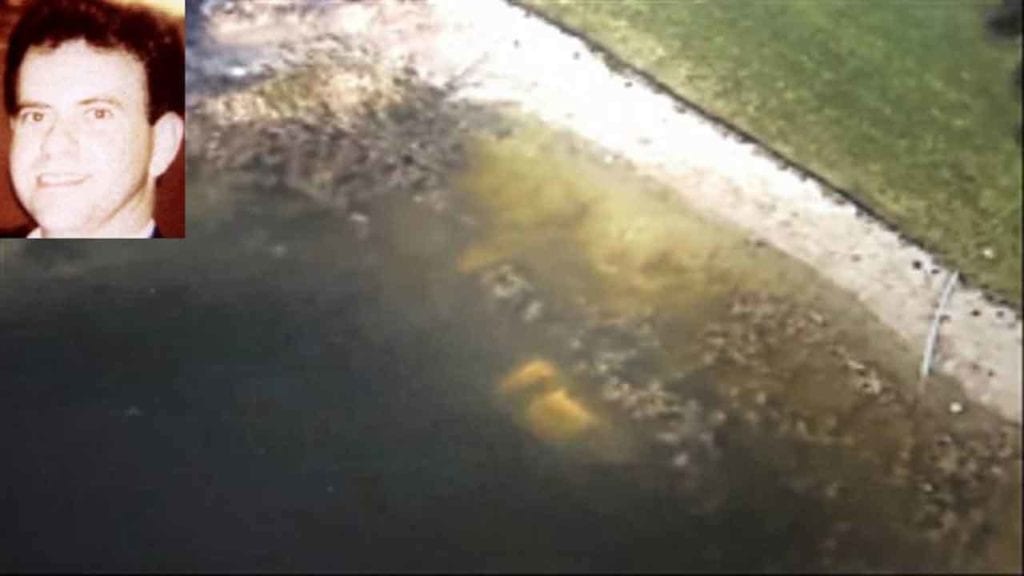
Google Earth helped solve a cold case from 22 years ago.
Back in November 1997, 40-year-old William Moldt from Lantana, Florida, went out clubbing and was never seen again. His fate remained a mystery until a few weeks ago when a person used Google Earth to look at their former neighborhood in Wellington. The neighborhood contained a pond and, right near the shoreline, something appeared to be submerged. It looked like a car, but the person wanted to be sure so they asked a former neighbor who still lived in the area to check. They used a drone and confirmed that a white sedan was sitting in the water.
Police pulled the “heavily calcified” vehicle out of the lake and found Moldt’s skeletal remains inside.[6] The car had sat in the pond for over two decades as an entire neighborhood was built around it. Some of the houses were feet away from Moldt’s body. Although his car is clearly visible from above, local residents say they never noticed anything from the shoreline.
4 The Loch Ness Eel?

Researchers have published their environmental DNA (e-DNA) survey of Loch Ness, concluding that the notorious monster, if it ever existed, was most likely a giant eel.
The Loch Ness Monster, colloquially known as Nessie, is the most famous lake monster in the world. Sightings date back almost 1,500 years and have continued into the modern era.
One group of scientists led by Neil Gemmill from New Zealand’s University of Otago conducted a study on the lake using e-DNA—the genetic material that all organisms shed which ends up in their surrounding environment. This would have given them a good idea of all the creatures that inhabit Loch Ness without having to actually observe them.
Researchers took 200 one-liter samples from all over the loch and compared them to other samples from nearby bodies of water known to be “monster-free”. They detected over 500 million DNA sequences belonging to 3,000 species of organisms.[7] These included land and air animals that only occasionally enter the loch such as deer, rabbits, birds, dogs, and, of course, humans.
What they didn’t find was any DNA belonging to large, exotic fish such as sharks or sturgeon that could be mistaken for a monster. There was also nothing to indicate that there were reptiles in the loch. Researchers specifically looked for sequences that would have likely belonged to a plesiosaur since that is what many Nessie true believers think the monster is.
Eel DNA was found in almost every sample so the scientists argue that, if any sightings of Nessie were real, they could possibly have been accounted by a large eel. However, they stress that this, in no way, confirms the existence of a giant eel monster living in Loch Ness.
3 A Mind For Crime

A Japanese store cashier has been accused of stealing the credit card details of 1,300 customers by only using his photographic memory.
Thirty-four-year-old Yusuke Taniguchi has been arrested last Thursday, but has not been charged with any crime as of yet. Allegedly, while working as a part-time cashier at a shopping mall in Tokyo’s Koto ward, he made use of his remarkable memory to remember the credit card information of people who shopped at his store. Later, he used the details to make purchases online. Since March, he spent around 270,000 yen ($2,600) on bags which he later planned to sell at pawn shops.
While going through Taniguchi’s apartment, police found a notebook which contained the credit card information of 1,300 people. This included the 16-digit number, expiration date, security code, and the name of the cardholder.[8] The cashier memorized all of them while he processed the purchase and later wrote them down in his notepad.
Taniguchi claimed he could do this thanks to his photographic memory, although experts dismiss the idea that something like this even exists. Far more likely was an eidetic memory, something that allowed him to retain a lot of visual information in a short amount of time.
2 Help In A Bottle

A family trapped above a waterfall was rescued thanks to a message in a bottle which floated down the river and reached the right people.
Curtis Whitson was exploring the Arroyo Seco Canyon in California’s Pfeiffer Big Sur State Park with his girlfriend and 13-year-old son. An avid hiker, Whitson had done the same route years ago. Back then, there was a rope to help climbers descend the waterfall, but now it was gone. In fact, the currents were so strong that the trio couldn’t rappel down anywhere, including the way they came. After they hit a few dead ends, they realized that they were stuck up there, kilometers away from the nearest camp and without a phone signal.
Whitson wrote a message on a bar order pad and placed it inside a green bottle and then scribbled the word “help” on its side. He threw it over the waterfall in the hopes that someone might spot it in time.
Fortunately, someone did. Two hikers stumbled upon the note, in fact, and alerted the camp host who, in turn, called the authorities. Whitson and his family were rescued the next morning.[9] Now, he is trying to find his two saviors who left the camp without giving their names.
1 Another Interstellar Visitor
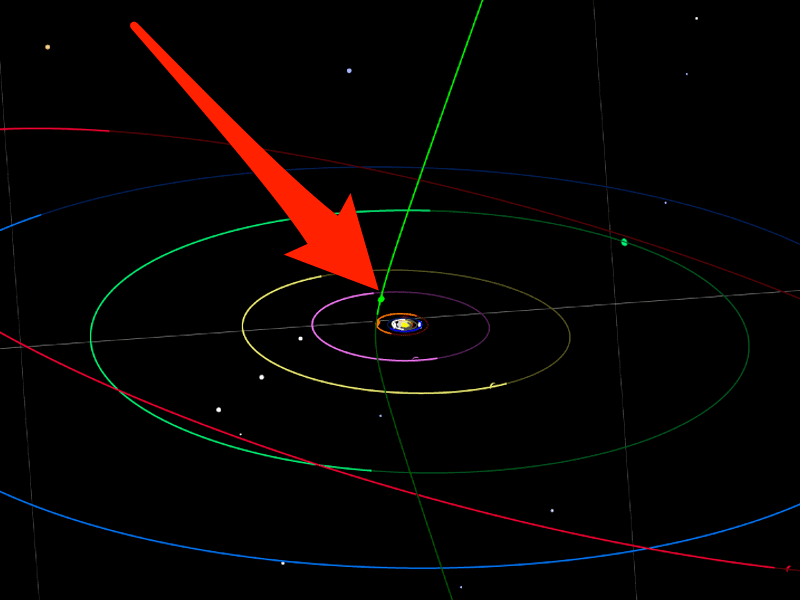
A few years back, the astronomical community squealed with glee as it discovered the first ever confirmed interstellar object to visit our little corner of the galaxy. It was called ‘Oumuamua and raised a lot of questions about what it actually was. Scientists switched back and forth between comet and asteroid, with a small minority raising the possibility that it could even be an alien spaceship. Now, it seems like we have detected a second interstellar object in our solar system.
The rock was first noticed by amateur astronomer Gennady Borisov on August 30 at the Crimean Astrophysical Observatory in Bakhchysarai. It stood out due to its extremely hyperbolic orbit with an eccentricity of 3.2. For reference, most objects with an elliptical orbit around the Sun have an eccentricity between 0 and 1.The stargazer told Harvard University’s Minor Planet Center (MPC) who made the formal announcement. Initially given the designation gb00234, the object is now called C/2019 Q4 (Borisov).
It differs from ‘Oumuamua in several key ways. For starters, there will be no debates over what it actually is. It’s definitely a comet and has a visible coma and tail.[10] With a width of 20 kilometers (12 mi), it is much bigger than ‘Oumuamua and also brighter.
Most importantly, though, we noticed it early. Barring unforeseen circumstances, it should remain observable for at least one year, giving us a unique opportunity to take a close look at an object from outside the solar system.



